|
Golden Comet chickens are a hybrid breed of chicken, created by crossing a Rhode Island Red rooster with a White Plymouth Rock hen. This hybridization results in a chicken that has a golden-brown feathering.
They are excellent egg-layers, known to lay between 250-320 large brown eggs per year, with some hens producing up to 330 eggs in a year. Golden Comet chickens are relatively easy to care for, with a calm and friendly temperament that makes them good pets for families. They are also hardy birds and can tolerate cold temperatures well. They have a fast growth rate, reaching maturity at around 16-20 weeks, which makes them a popular choice for backyard breeders. Golden Comet chickens are not typically raised for meat production because they are smaller in size compared to other breeds that are raised for meat, and because their egg-laying ability is highly valued. They are good foragers and will happily scratch around in the yard or garden looking for insects and other food sources. This makes them a great addition to a backyard flock or homestead where they can help with pest control and fertilization of the soil. Golden Comet chickens are a sex-linked breed of chicken, which means that the males and females can be easily distinguished by their feather color at hatching. In Golden Comet chickens, the gene for feather color is sex-linked, with the rooster contributing the gene for white feathers and the hen contributing the gene for red or brown feathers. As a result, male Golden Comet chicks will have white or light-colored feathers, while female Golden Comet chicks will have brown or reddish-brown feathers. This makes it easy to identify the sex of a Golden Comet chick soon after hatching, which is useful for breeders who want to separate the males from the females. Furthermore, this sex-linked feather color inheritance also allows Golden Comet breeders to selectively breed for desirable egg-laying traits in female chickens, while also maintaining a consistent appearance in the male chickens Would you consider adding Golden Comets to your flock?
0 Comments
I hope you have all participated in No Mow March. Here are some facts about those "weeds" that you'd be mowing over that are often the first and only source of nectar for the honey bees that we depend on.
Chickweed:
So if you read our first greenhouse ordeal here, you will already know that we had to rig what remained of our wind destroyed greenhouse in our barn and hope it worked. It didn’t. The issue was with power. We could not get our heaters to stay on in the barn in order to heat the greenhouse. This resulted in too low of a temperature for our seeds to properly germinate. What did germinate did not result in a healthy plant. Because of this we decided to give ourselves a pass, a break, a pat on the back and a “you tried your best,” this year. We will be buying started plants for most of our vegetables. And guess what?? THAT’S OKAY!!! We are still in our first year at our property and we sometimes have to remind ourselves that Rome wasn’t built in a day. Setbacks happen. This is one for us. We will do better next year and hopefully have a working hot house or green house that will allow us to successfully sow our seeds so we do not need to buy started plants for 2024. We tried Baking Eggs - SO YOU DON'T HAVE TO!
10/10 do not recommend. For starters - farm fresh eggs are always hard to peel. The best thing I’ve tried is boil with baking soda and vinegar in the water. Ice bath after cooking. But I don’t always remember to do that. My grandmother, who had chickens until the day she passed, said you need to use old eggs to get them to peel well and to get the perfect cook. We don't have old eggs! Back to baking. 325. 30 minutes. Muffin tin is to keep from rolling. Peeled just as horribly as usual. And guess what? They were unevenly cooked! The pictured ones look fine. But once the kids started eating them, we discovered some undercooked yolks. Something else that happened was at each touch point on the muffin tin, the eggs got brown burn spots on the whites. These spots would not be very attractive on a summertime display plate of deviled eggs. Hard boiled pass on this one guys. My farm boots. These boots I wear at my farm, and my farm only. Why? For one, they are hardly fit for public! But more importantly, if I were to where these to say Tractor Supply, where other birds and animals are hosted, I could be tracking parasites from the ground back to my farm where I walk around my pens and my fields and spread something to our animals.
Your farm boots. These are the boots I wear out. I do my absolute best to change my boots before leaving and upon returning home. These boots look better because they simply get less use than my farm boots. Fancy boots! These are night out boots! I don’t wear them around the farm, they are for date nights, events, and basically anytime I put on a dress because I’m too old for heels . You’ll see them at the Gloucester County Hoedown in G town! There are a few reasons that we chose Katahdin’s for our sheep on the farm. For starters we absolutely knew that we did not want to be shearing. I learned all about that in 4-H and really just did not want to mess with it. If we did not have plans for the wool, I just did not see the reason to mess with wool sheep. What is a hair sheep? A hair sheep is exactly what it sounds like! It grows hair instead of wool. And this hair actually sheds in the spring time, allowing the sheep to be cooler for the spring and summer months. The hair will grow back in the fall to keep them warm over the winter. Katahdin’s traditionally used only for meat production as a mid sized breed but are also used for milk in some areas. Ewes typically have good maternal instincts, which is a good trait when you want to your farm to run itself. If you are constantly ending up with bottle babies and hand rearing animals, there is going to be a lot of time that is better spent. A great trait of the Katahdin’s is they are great grazers. One of our goals when picking our ruminants was to make sure Stephen did not have to spend too much time mowing each week. We believe we have put together a great group of livestock that will keep our soil and grass healthy, while also keeping it trimmed to a manageable level. Katahdin’s are adaptable to many climates and are proven to be resistant to parasites that usually plague other sheep breeds. This is highly dependent on the genetics of your given sheep, but is part of the breed as well. We have enjoyed our Katahdin’s so far! And definitely enjoy their lean and mild flavored meat! Never had a duck egg? Wondering why some people love quail eggs? Let’s take a look at some fun facts of each and compare the nutritional values so you can make an educated choice on how to fuel yourself and your family! Each egg offers different benefits and uses. Each has a slightly different texture. Where duck eggs are excellent for baking due to their creamy yolks, you may not want to crack 30 quail eggs to meet your recipe needs, right? FUN FACTS: Quail:
Now let’s take a look at the nutritional facts of the eggs. This is based off of 100g of each type of egg. These items will all vary on how the animal is raised and what it consumes for its diet, so these numbers are estimates. In order to choose the egg that is right for your family, you’ll need to look at what factors are most important for your nutritional goals. More protein? Less carbs? More vitamins? Just because duck eggs are what we eat, doesn’t mean that is what is best for you! I hope some of this information helps you determine if your family will be sticking with chicken eggs or looking for a local farmer or store that carries duck or quail eggs to help fuel you and your family the best way possible!
In our home, there is a time and place for all the eggs! A question we often get is why did we go with only Rhode Island Red chickens?? Several reasons! The first and most important reason is NOSTALGIA!
My grandparents had Rhode Island Reds and ONLY Rhode Island Reds. So that’s what I wanted. When we first started out we ended up with Golden Comets because I did not want to brood chicks in our neighborhood home. We wanted point of lay pullets. We found a farmer (Fresh Start Farm in Gloucester) who sold Golden Comets at 17 weeks, so that’s what we got! Since buying our farm we jumped on getting from Rhode Island Reds and we will eventually transition our laying flock to mainly RIRs, at least for a while. I do not want to hatch mixed breed chicks (after the first summer) and we will need better infrastructure to ensure that mix breeds to not happen. Some awesome things about Rhode Islands!!!
When choosing the breed for your family and farm it is important to take these things into consideration.
Histoplasmosis!!
You heard me. THINK TWICE. There is more than just buying chicks and getting all the things ready to bring those chicks home from the feed store. Did you know that you can get sick from breathing in the spores from their poop?! There is a reason why those of us who continuously raise chicks don’t do it in our homes! We have brooder houses, barns, designated areas that are outside of our houses, for our chicks to live! One set of chicks in your house, the odds are probably in your favor, but if this is a hobby you think you are going to continue, you need to look into a real setup, outside. The first summer hatching, we had a bunch of chicks in the master bathroom and my pops said, “you know I got real sick as a boy, those chickens in the house are dangerous.” I had no idea. I immediately looked it up. Instantly found out we were in fact putting everyone at risk for a lung infection caused by a fungus called histoplasma capsulatum. This fungus is spores found in bird poop. It is most often found in the soil that contains droppings from birds or bats. When these spores become airborne – as they often do with active and flighty chicks, they can be inhaled by their human caretakers and cause infection. Histoplasmosis can cause flu-like symptoms such as fevers, coughs, and chest pain. This can be especially dangerous for people with compromised immune systems. If someone in your home is immunocompromised – maybe you shouldn’t bring those chicks home. Find a friend to raise chicks for you, and bring them home when they can be off heat. Or find a farmer that is selling pullets that are just about at point of lay. There are plenty of options for you, even if you still want some backyard chickens. Stay healthy out there, chicken lovers! ~A quick lesson on turning a negative into a positive~
How did we get here? And I don’t mean how we ended up on a farm with over a hundred animals. I mean how did we get here. Right now, right here, years before we intended. You see, we had bought a house and completely gutted it and designed it exactly how we wanted. Yes it was a little small but it was perfect for now. Until we were ready to go ahead and take the plunge on our homesteading dreams. Our plans got moved up. So we got some puppies! These puppies were supposed to stay small (Boston Terrier and King Charles Cavalier Spaniel mixes). They did not stay small. They very quickly realized they could jump the little chain link fence in the back yard. So, we had to move up our plans of replacing the fence in the back and adding a safety fence in the front. So we did this. Our neighbors knew of our plans to do this. A few days before we did this one of our neighbors became aware of a restriction document for the neighborhood that said no fences in front of the dwelling. So we took a ride around the neighborhood and discovered that a bunch of other homes had fences in front of their homes. With other homes having the same violations, it makes the document obsolete. (There was also sections saying no campers or trailers or businesses to be run out of the homes, and absurdly enough, NO CHICKENS). Let’s step back for a second. This community had a Volunteer Community Association, of which I was a board member. I talked to no less than five of the other board members about this fence that we decided to put up, after we found out about this document. Each of these people told us to just go ahead and do it. So we did. The fence goes up. We plant our front yard vegetable garden and the fence is acting as a trellis for our cucumbers and our squash. Being an active member of the board, I am getting ready to host my third fundraiser since we joined this volunteer association. Something that had not been done in a decade in this neighborhood. The playgrounds were rotted and unsafe for the children to use. So what do you do? You raise money. I put hundreds of dollars into this trying to get $3500 for the new playgrounds, and you know what? We got it. So what happens directly after I run the third fundraiser? We get a letter in the mail from the president of the association, dated prior to the last fundraiser, telling us to take down the fence or else. We didn’t take the fence down. It was keeping our children in the yard instead of the road and our food was growing on it! The bylaws of the association didn’t mention the restrictions and so to us it was not a deal breaker on being a member. So they sent another letter, saying that we are dismissed from the association and our pool membership had been revoked. Our four-year-old was on the swim team. There were three weeks left of swim team. These people told a four-year-old he couldn’t go swimming anymore. But you know what else they said? We were no longer allowed in the park! You know that one that I personally spent hundreds of dollars on and countless hours trying to raise money for new equipment. These people were so heartless and such bullies that they took that away from our children. The worst part was that you didn’t even have to be a member of the association to use the park! So had we never joined this association we wouldn’t even had an issue with the park and wouldn’t have been allowed in the pool anyways. They say it’s a thankless job and I never did it for the thanks. What they don’t tell you is that a bully will always be a bully and their children will also be bullies, and if you find one of these adults, you should stay far away because nothing they are a part of will ever be worth needing to associate with them. Our family being kicked out of the association and mostly the park, caused a huge uproar in the neighborhood. People liked us. It was really just two bullies on the board that had an issue. I have the old emails to prove it. Lots of neighbors wanted us to sue them, which we could have, and bankrupted them. But that wasn’t fair to all the people who lived there who had nothing to do with this. We weren’t going to do that to all the other innocent children just because some nasty people did it to ours. What were we going to do? Move. And you know what moving does? It grandfather’s that fence into the property so no one can ever tell the owners they can’t have it, ever again. And that is how we started on a house hunt only one year after moving into our home. It might all seem petty but I was seven months pregnant with our fourth child, this drama and overbearing uncomfortableness really took a toll on my body and my mental health. We did not buy into that neighborhood because it was the best thing since sliced bread. We bought there because it was cheap. Cheap cheap. We lost friends over this. We simply did not want to be there anymore, could not be there anymore, for our mental health, and for our children. These bullies pushed us into our future that we thought was ten years away. Our future is now. We are living our dreams, our dreams are becoming our reality. We have our bullies to thank. |
Stephanie giandonatoMom. Wife. Farmer. Homesteader. Engineer. Maker. Doer. Entrepreneur. TYPES: INFJ. Gold. Controller. Archives
October 2023
Categories |

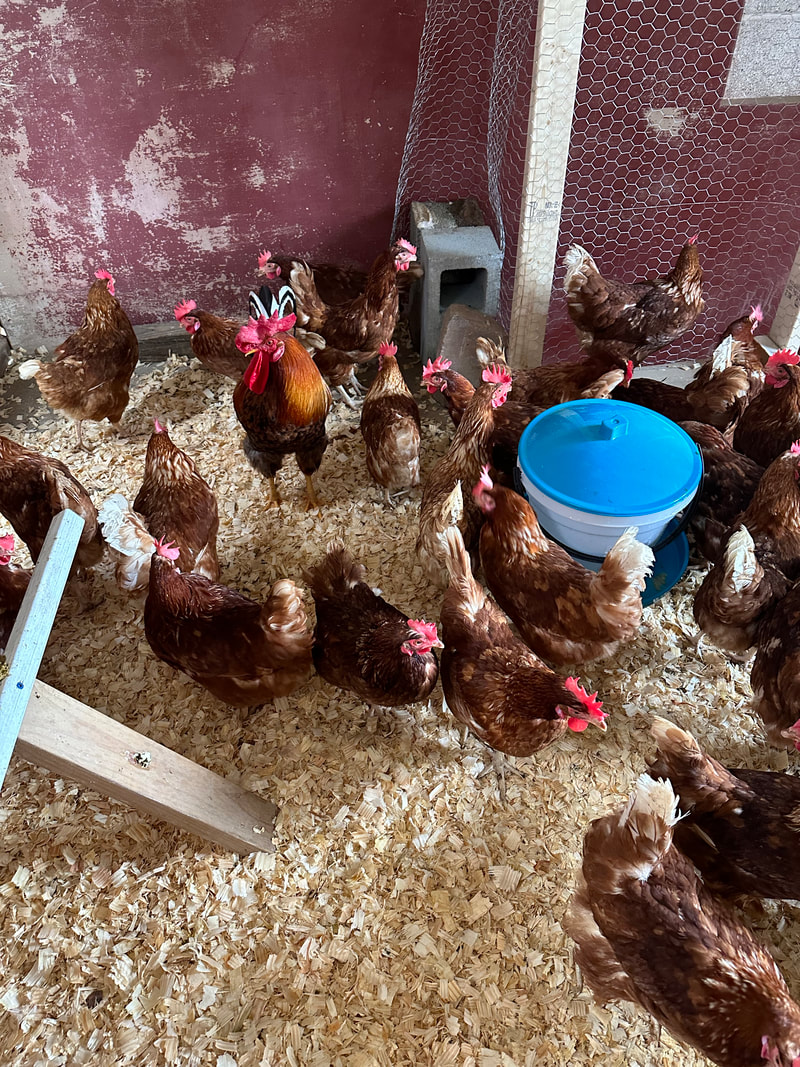
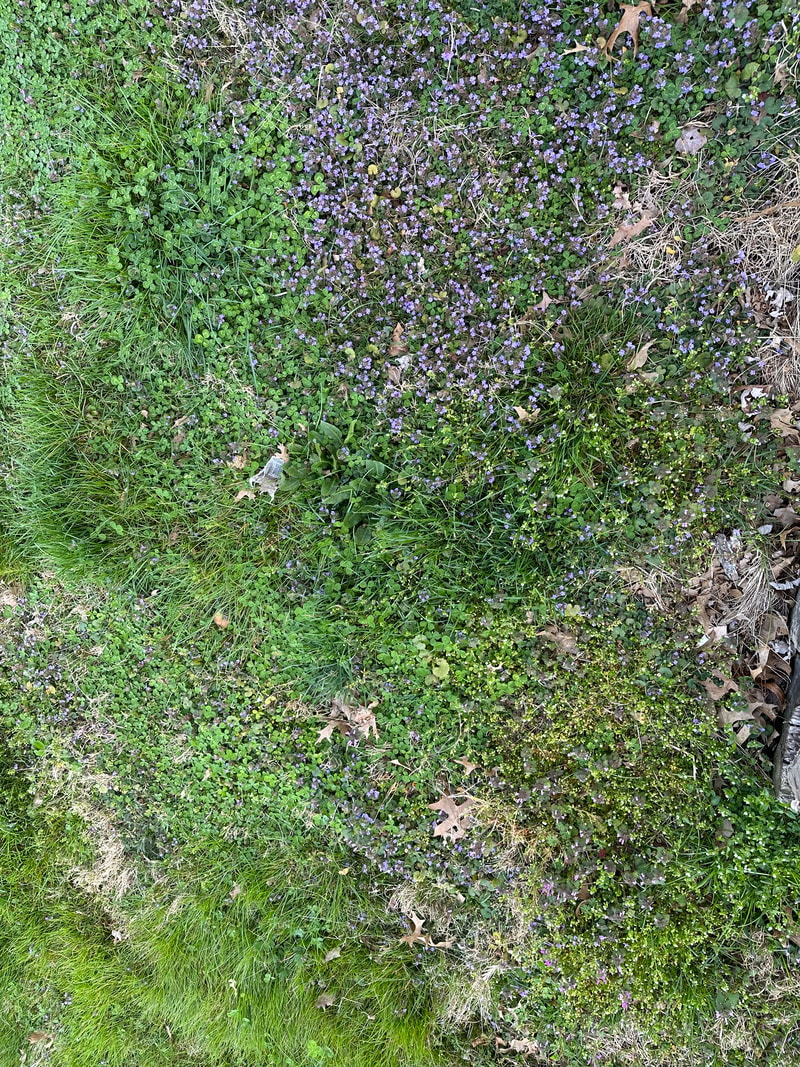
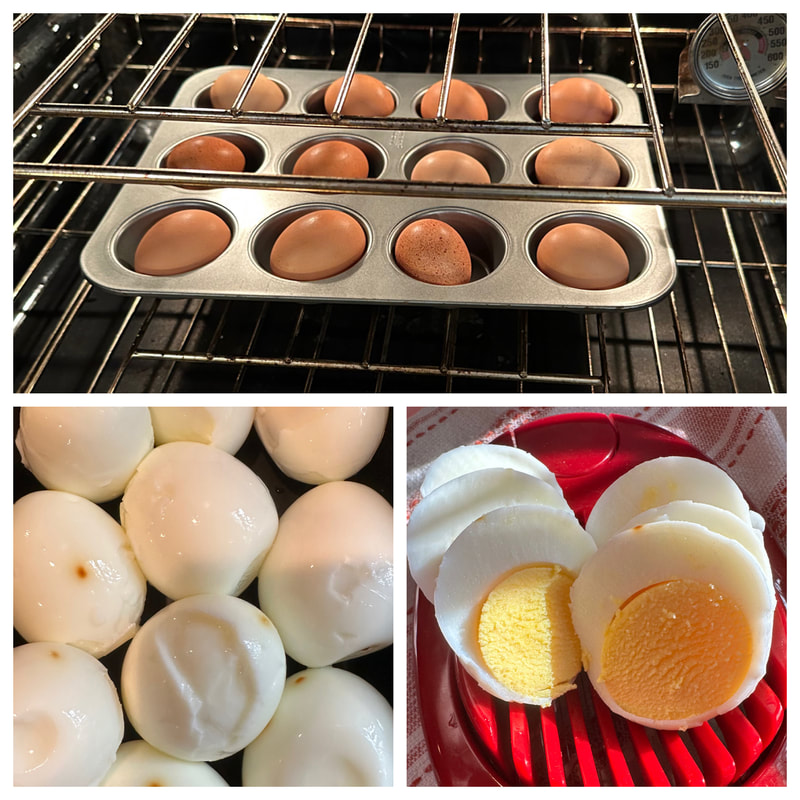
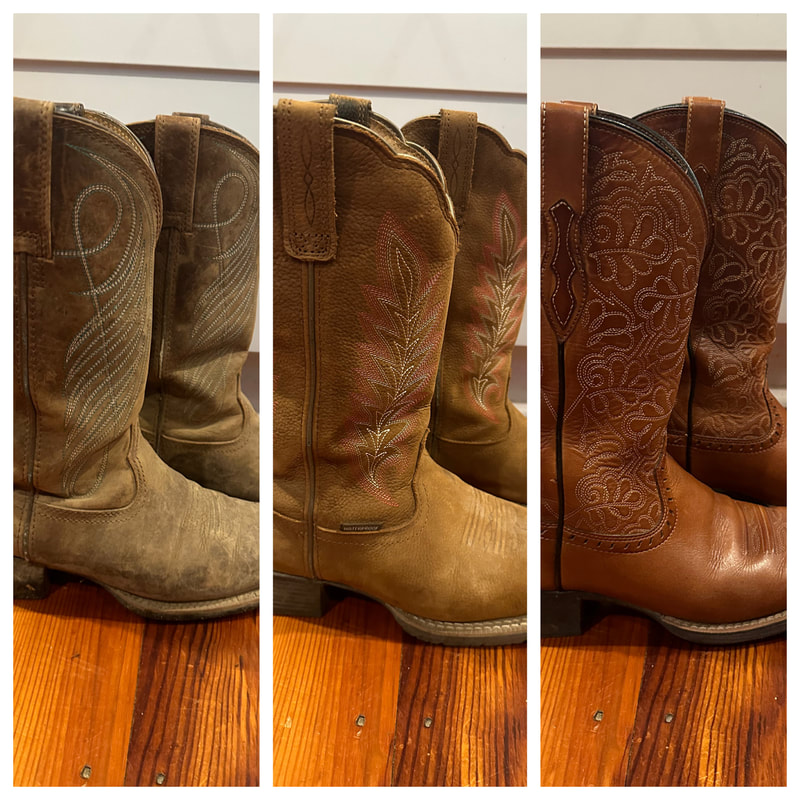
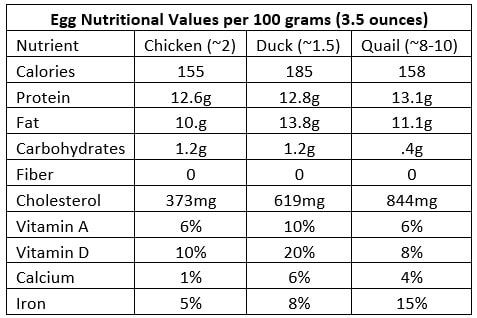
 RSS Feed
RSS Feed
